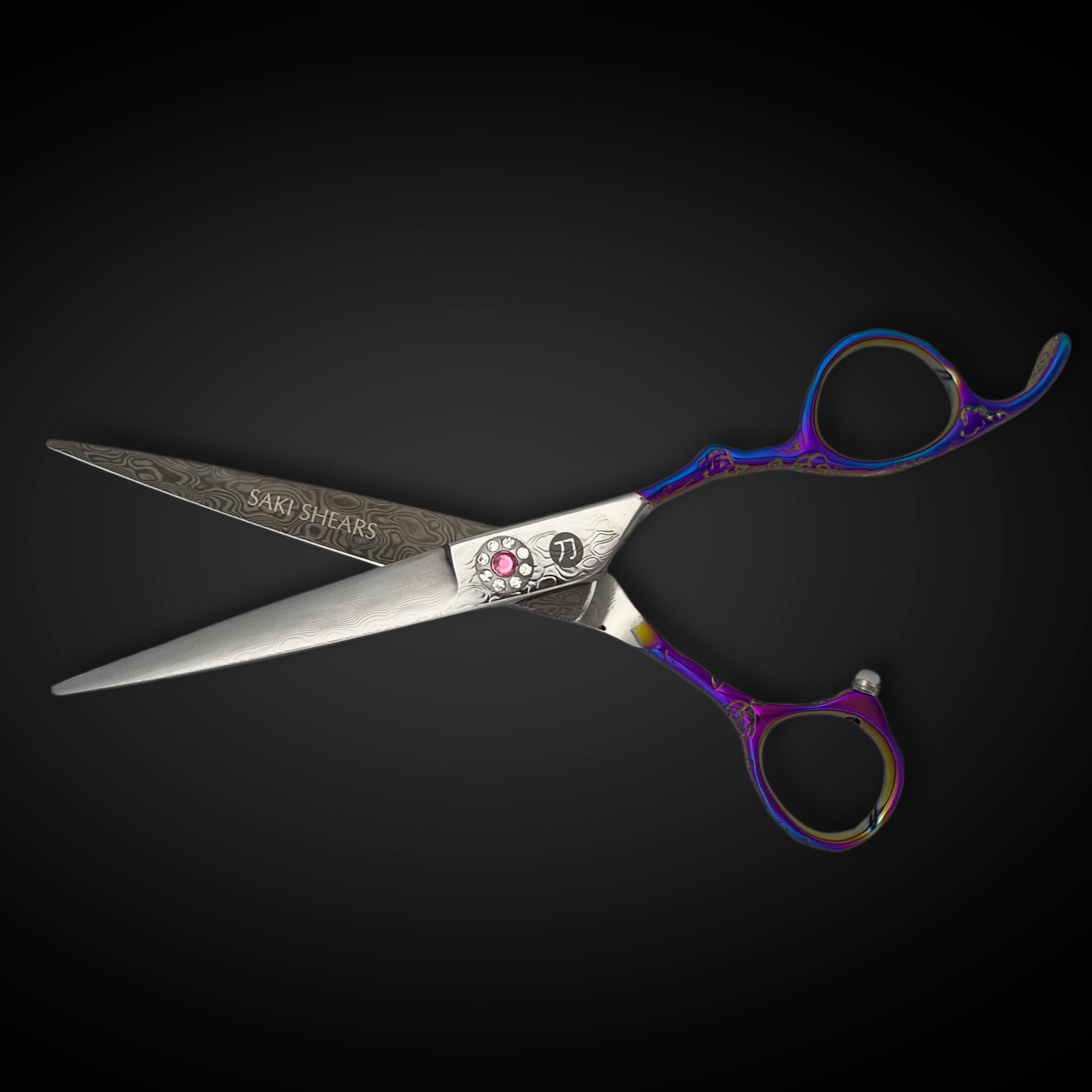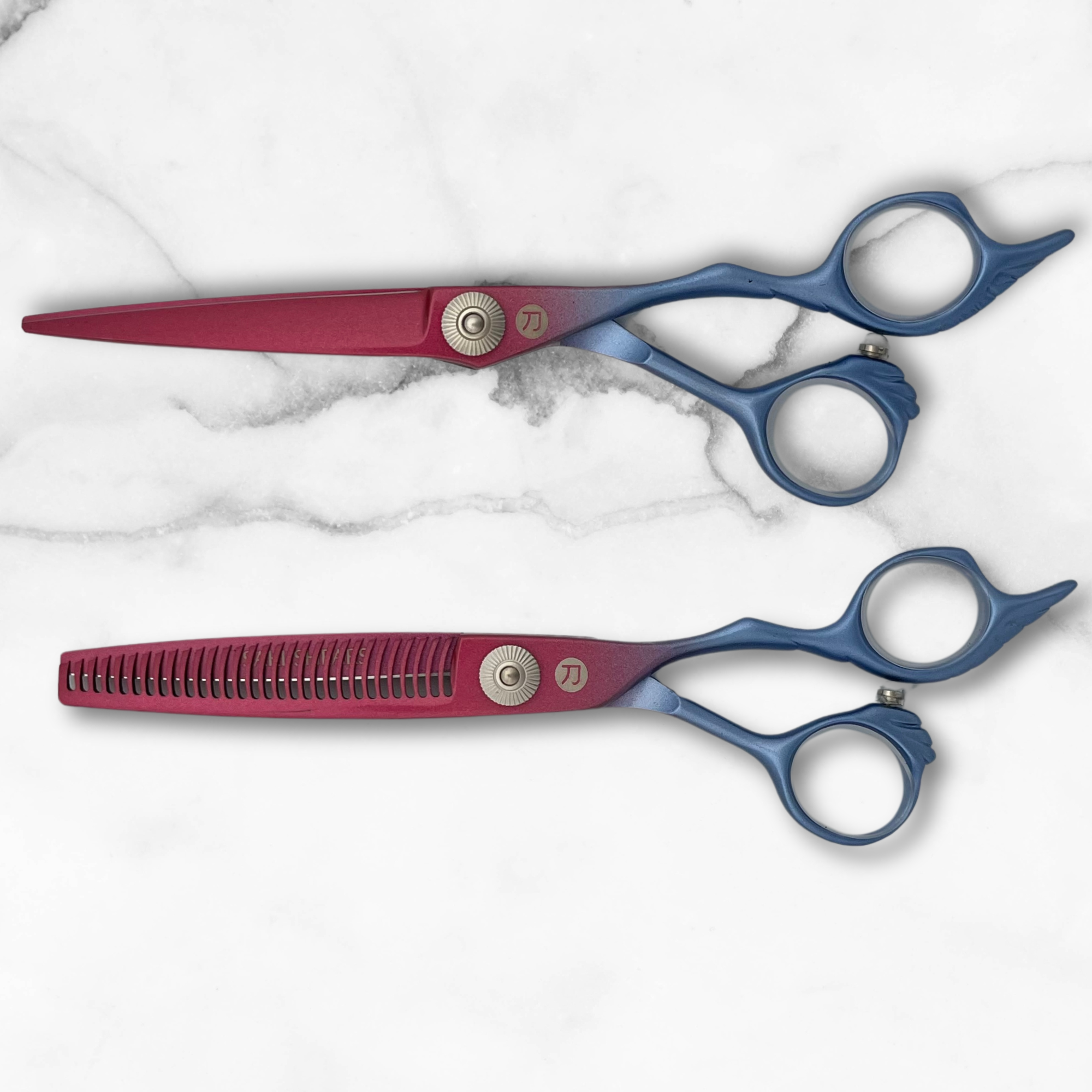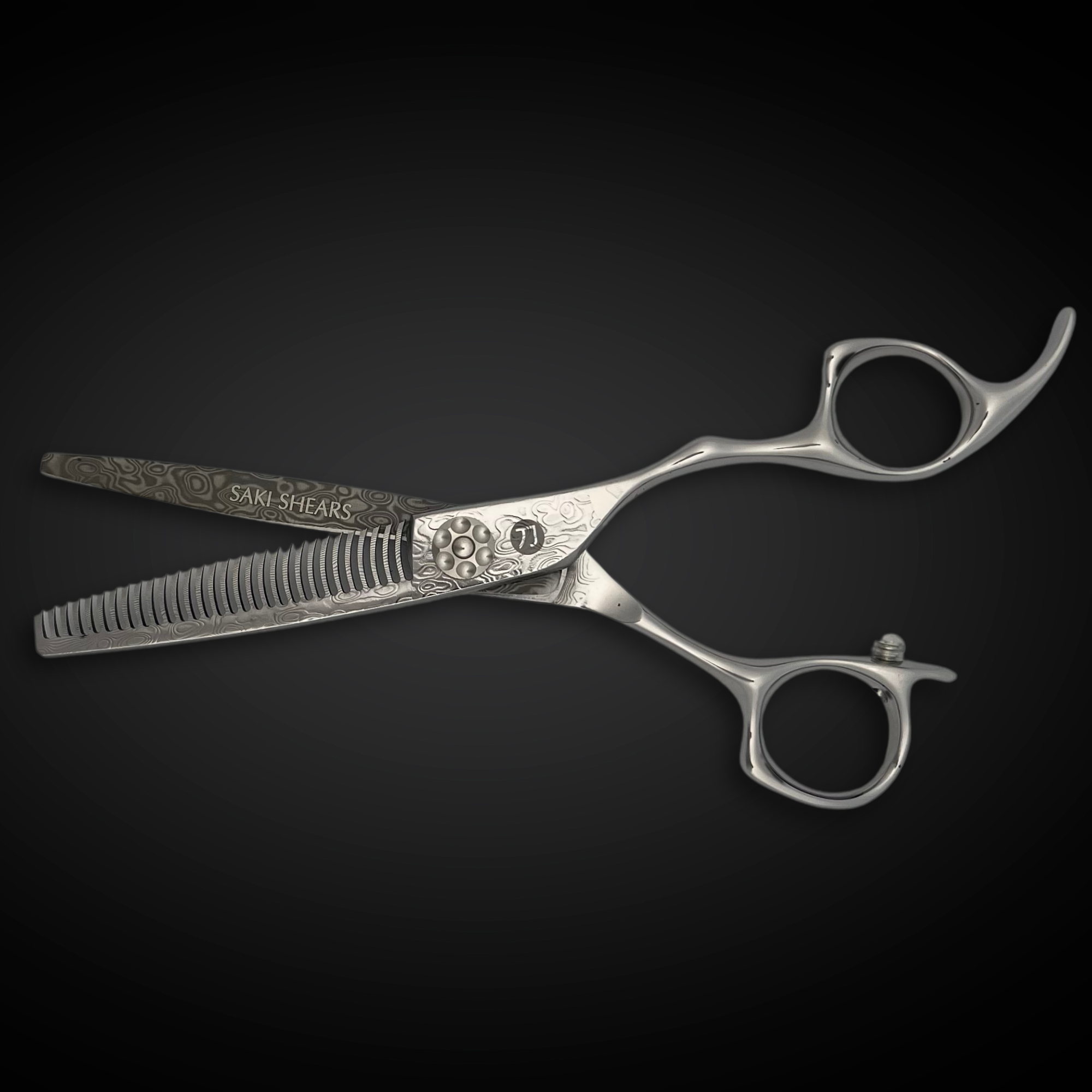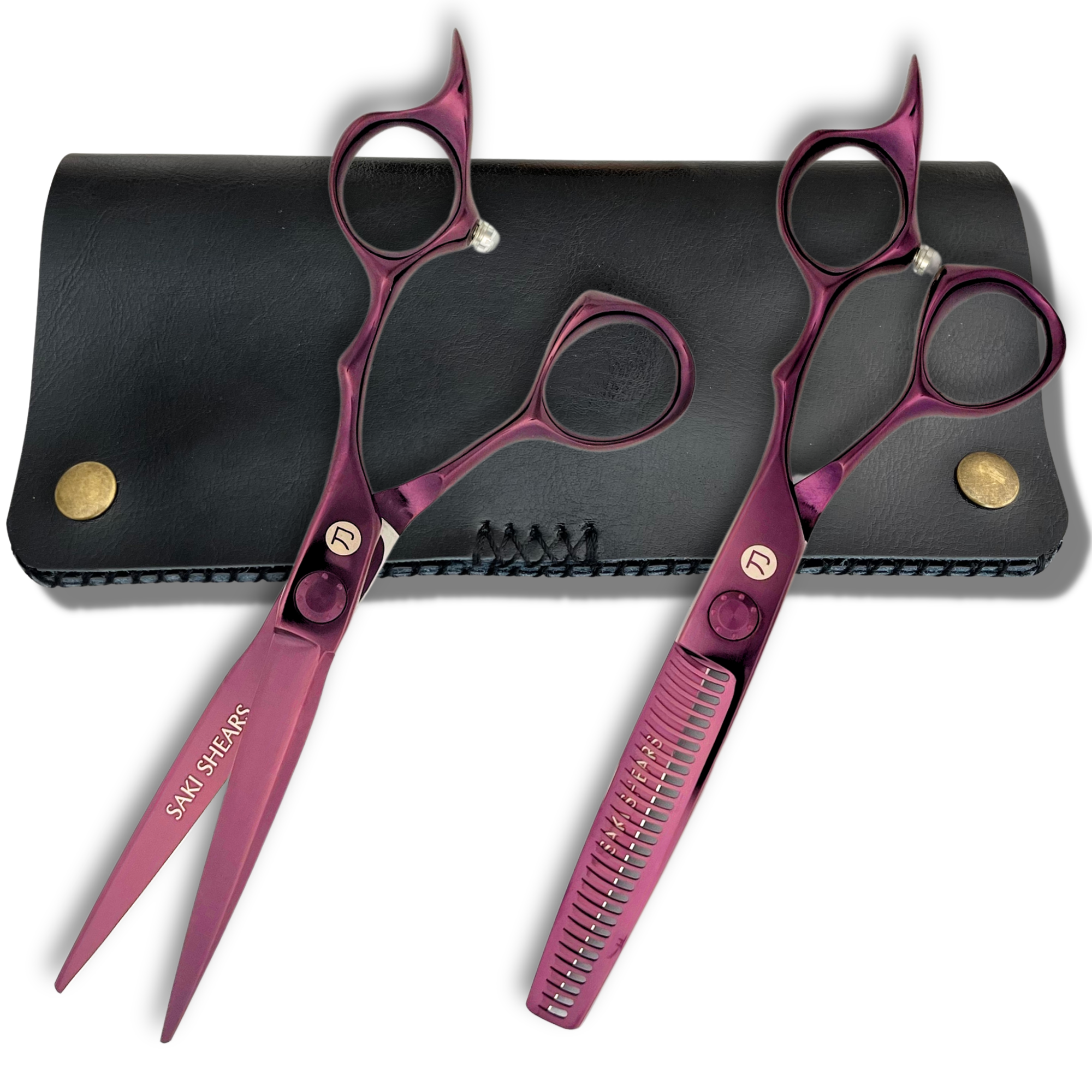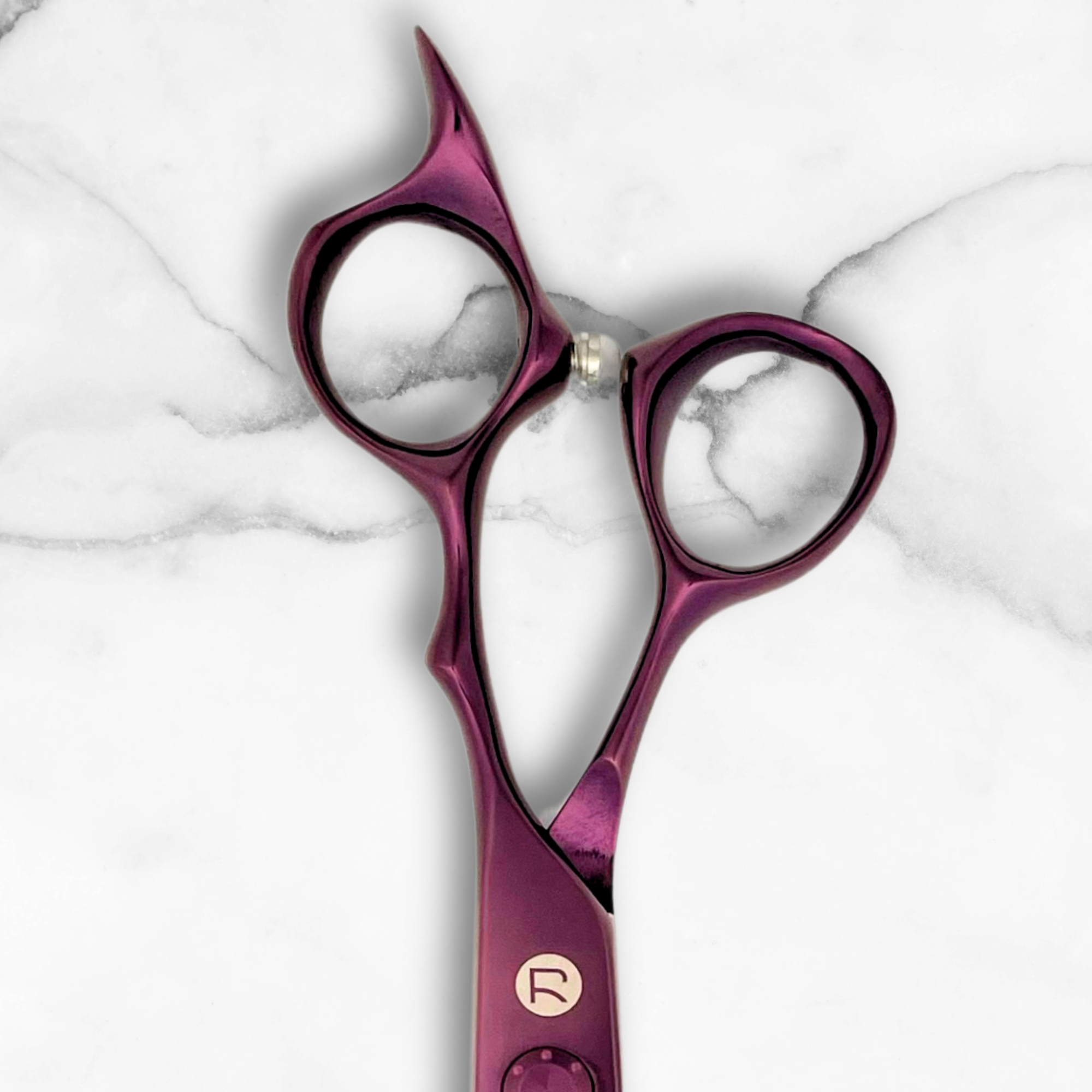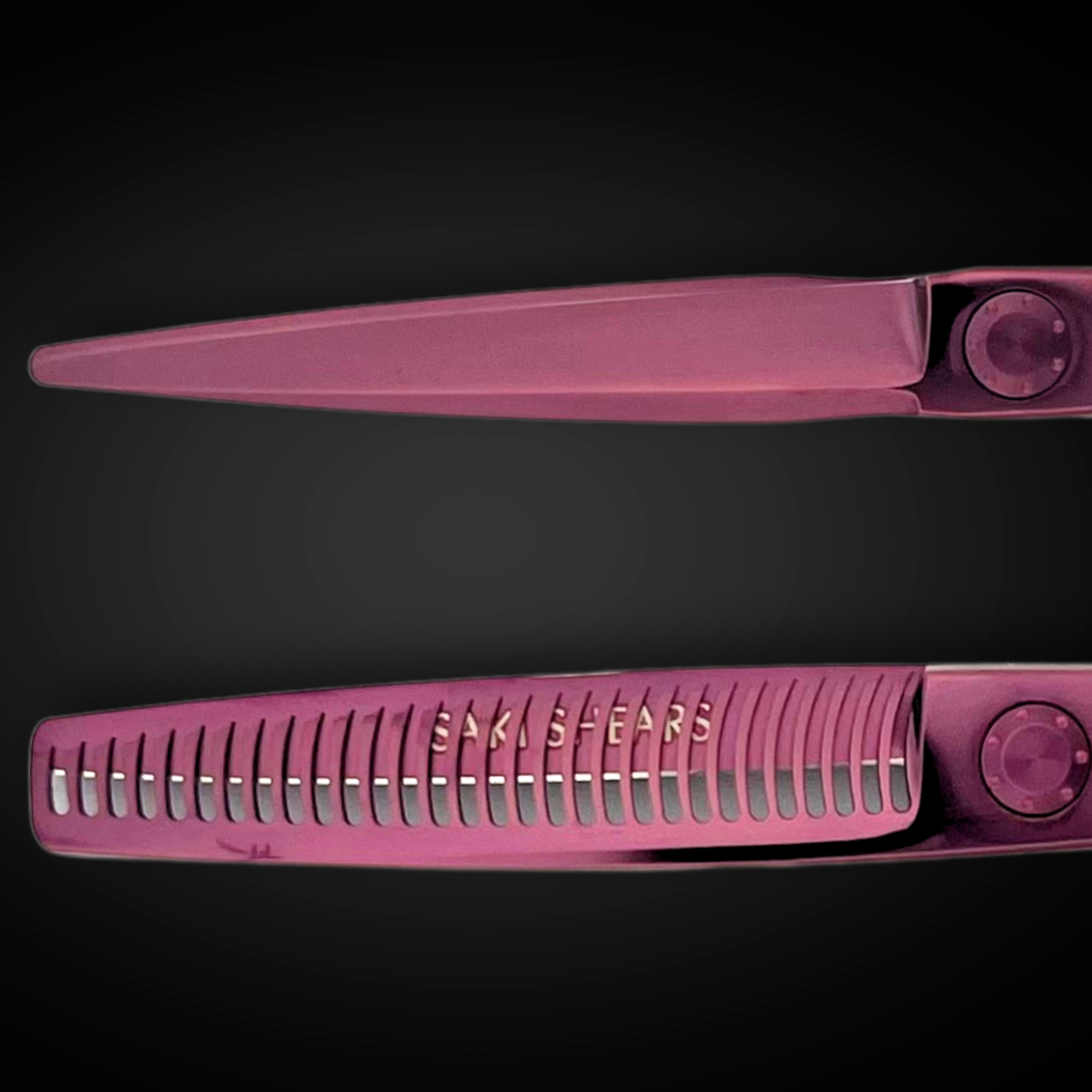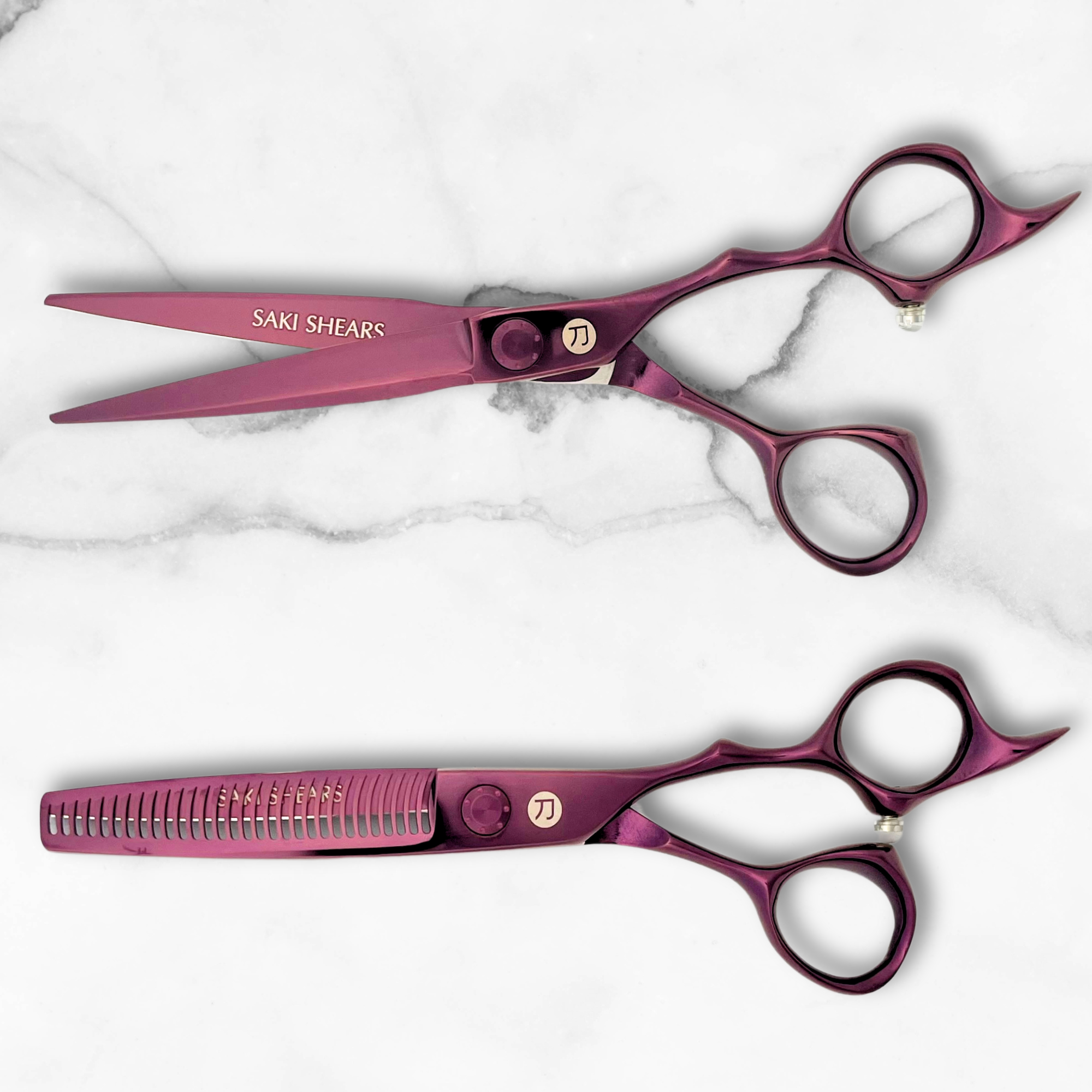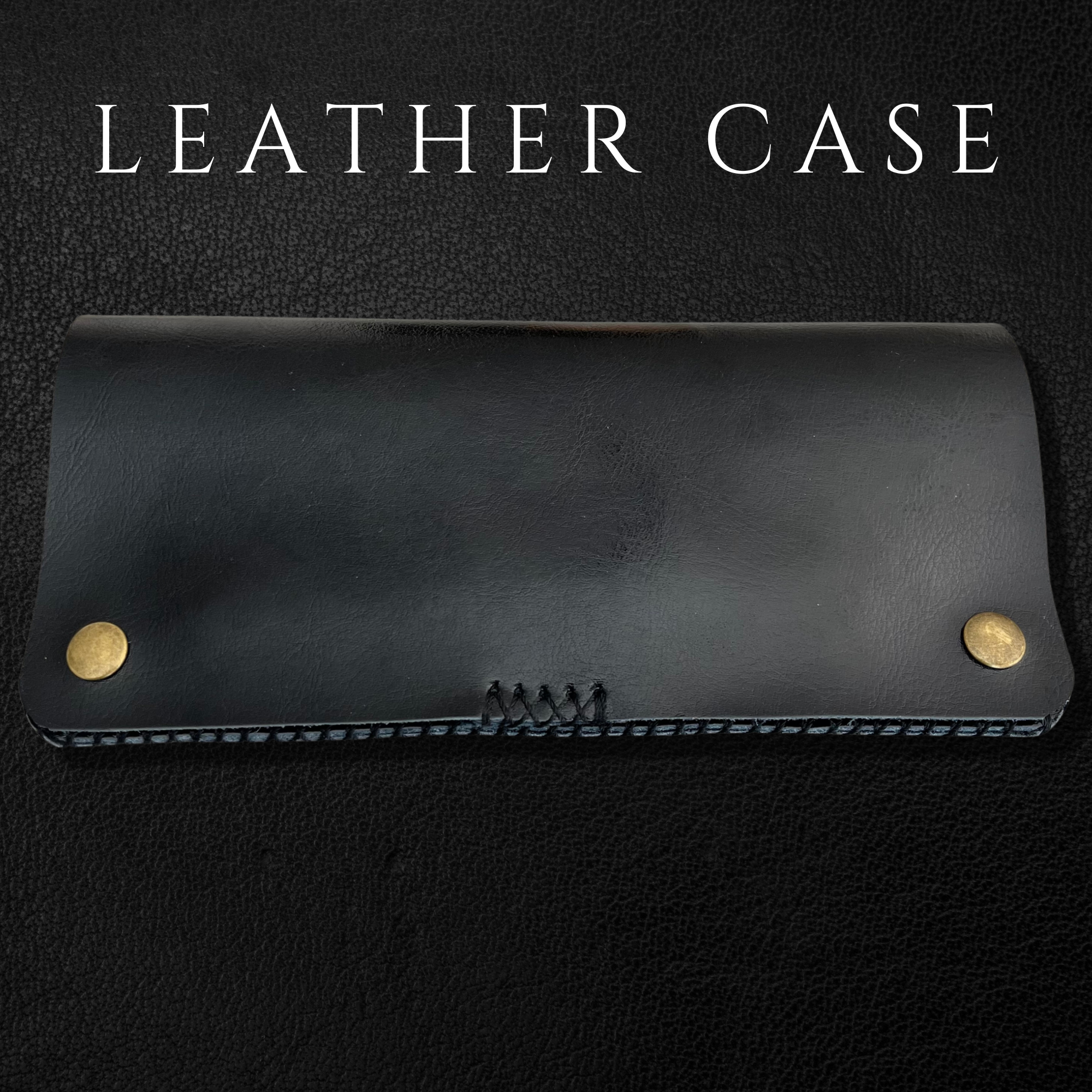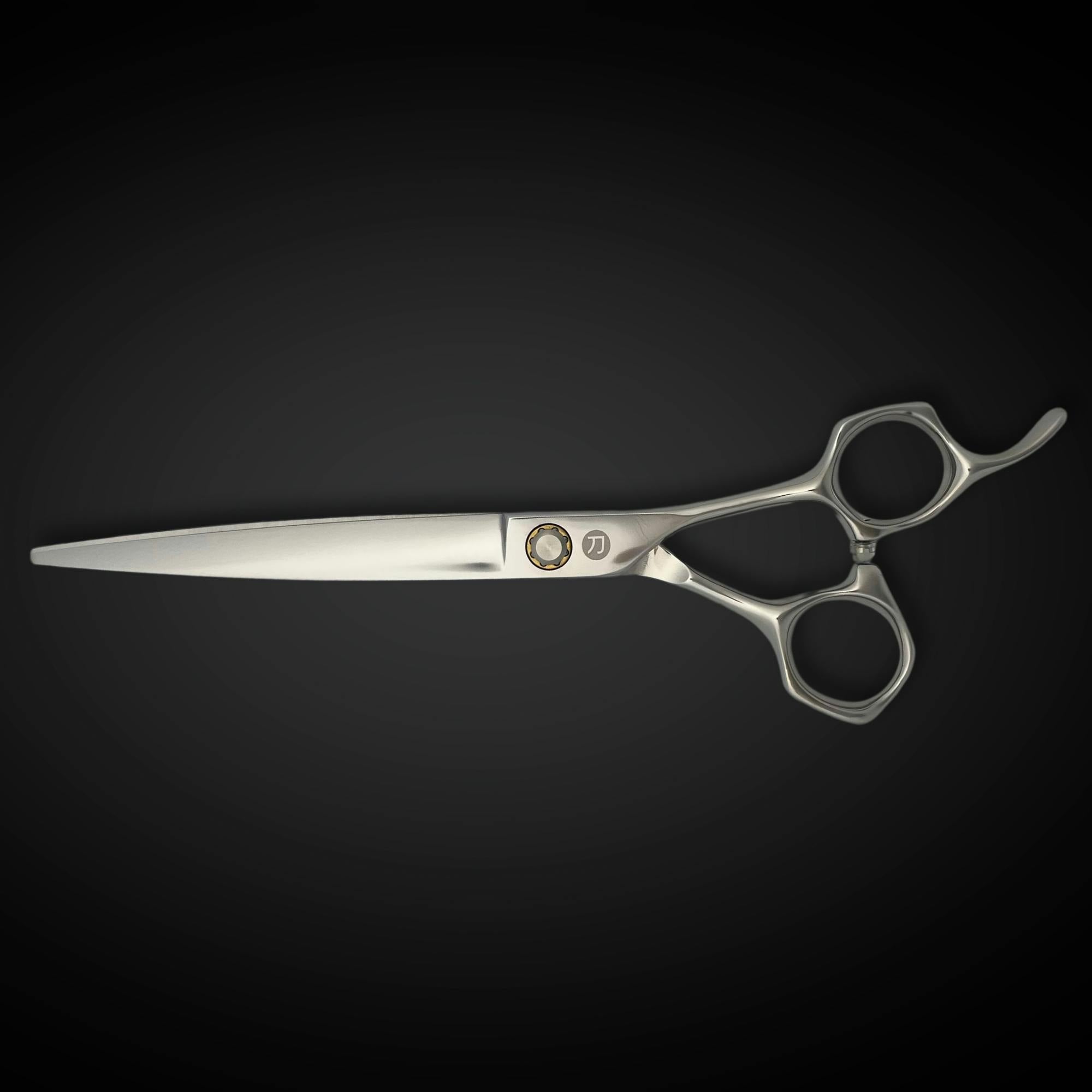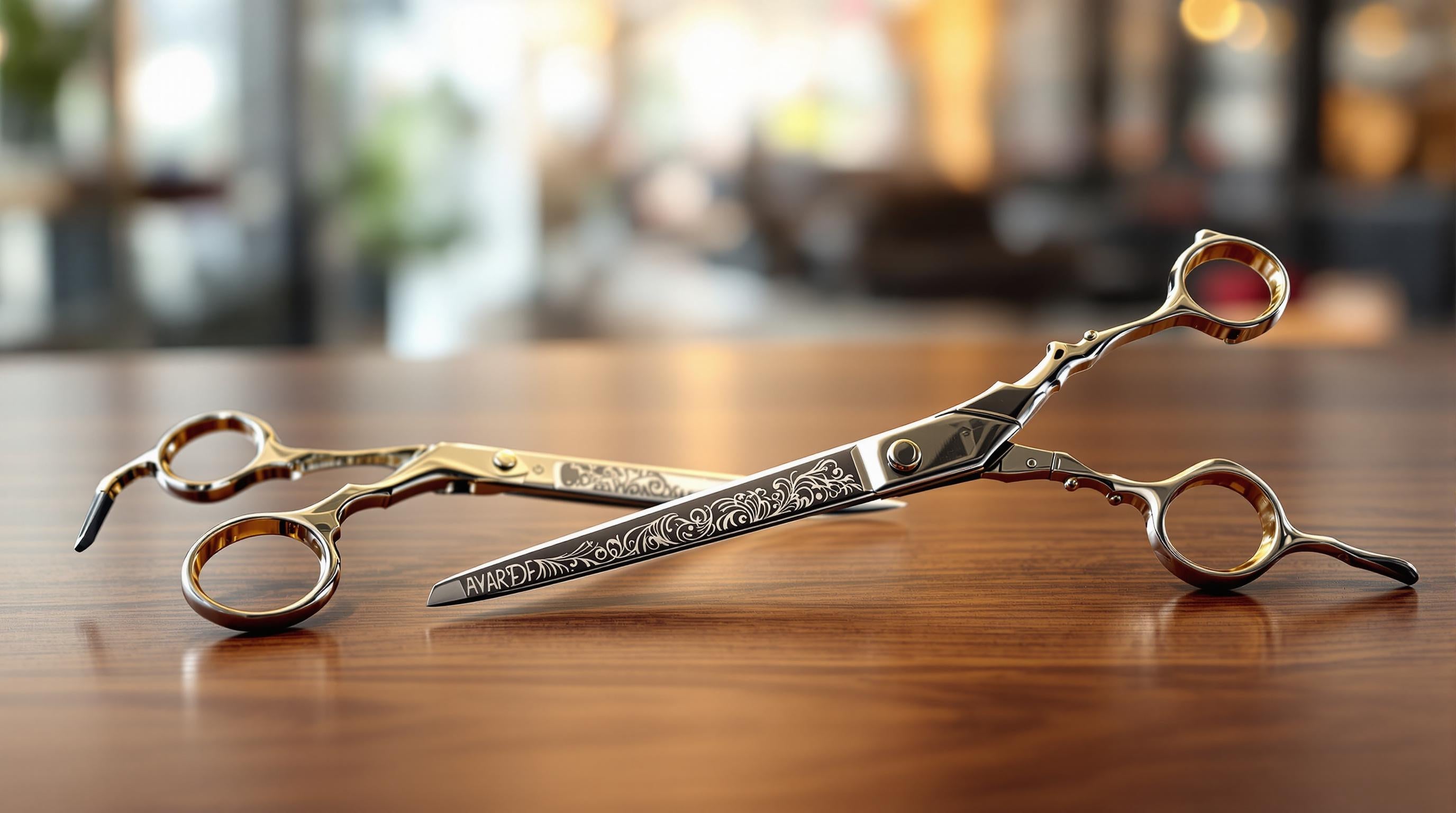Top 6 Straight Razor Maintenance Tips for Barbers
Want your straight razor to last longer and deliver flawless shaves? Proper maintenance is the key. Here’s a quick rundown of the six essential care tips every barber should know:
- Clean the Razor: Rinse with hot water, use mild soap, and dry thoroughly with a microfiber cloth to prevent rust and bacteria.
- Strop Regularly: Align the blade's edge before each use to keep it sharp and precise.
- Dry After Use: Pat the razor dry, focusing on the blade edge and pivot points to avoid rust.
- Apply Oil: Coat the blade with razor oil to protect against corrosion, especially in humid conditions.
- Store Properly: Use a dry cabinet, leather roll case, or display box in a low-humidity area.
- Hone When Needed: Sharpen the blade every 2-3 months using a whetstone for optimal performance.
Pro Tip: Combining these steps can triple your razor’s lifespan and improve client satisfaction. Ready to dive deeper? Let’s break down each step!
10 Must Know Tips to Not Destroy Your Straight Razor
1. Keep Your Razor Clean
Cleaning your razor is straightforward but essential for maintaining its performance. Here's how to do it:
- Rinse with hot water to clear away any debris or hair.
- Use mild soap to gently scrub the blade without causing damage.
- Dry it thoroughly with a microfiber cloth to prevent moisture-related issues.
"Regular cleaning prevents rust and extends blade life."
Steer clear of common pitfalls like leaving your razor wet, using harsh chemicals, or neglecting to dry it properly. These habits can lead to rust, dull blades, and bacteria buildup. A clean razor not only provides a smoother, safer shave but also keeps you working at a professional level.
Once your razor is spotless, the next step is to focus on keeping its edge sharp.
2. Use a Strop Regularly
Stropping plays a key role in keeping razors ready for action. This technique straightens the tiny teeth on the blade's edge, helping you deliver smooth, precise shaves every time.
Make it a habit to strop your razor before working with each client. Doing so keeps the blade sharp and prevents small flaws that could affect your performance.
Here’s a quick guide to stropping:
- Lay the strop flat and pull it tight.
- Move the razor spine-first with steady pressure.
- Use smooth, controlled movements to avoid damaging the strop or blade.
- Flip the razor over its back between strokes to ensure an even edge.
"Regular stropping improves shaving performance by ensuring a smooth and close shave, extends the razor's lifespan by preventing the buildup of imperfections, and helps maintain the blade's edge, reducing the need for frequent honing" [1].
Opt for high-quality leather strops with a smooth surface. A properly tensioned strop is key to aligning the blade effectively. Remember, stropping helps maintain sharpness but doesn’t replace the need for occasional honing.
Once stropping is done, focus on keeping your razor dry to avoid potential damage.
3. Dry the Razor After Use
Water is the biggest enemy of your razor. Leaving it wet can lead to rust, dull blades, and even hygiene issues. Drying your razor properly helps maintain its sharpness and keeps it in good condition.
After every use, gently pat the razor dry with a lint-free microfiber cloth. Pay extra attention to areas like the blade edge and pivot point, where moisture tends to linger. Make sure there’s no water left on the blade, handle, or joints before you store it.
"Improper drying leads to rust, dullness, and eventual blade failure" [1].
To make this process easier, keep a dedicated microfiber cloth nearby, specifically for drying your razor. This helps avoid contamination and ensures you’re using a material that won’t leave lint or fibers behind.
Once the razor is completely dry, consider adding a thin layer of oil to the blade for extra protection. This simple step can extend its lifespan and keep it performing like new.
sbb-itb-3cc0078
4. Apply Oil to Protect the Blade
After drying your razor, the next step is shielding it from rust. Oiling helps guard against corrosion, especially in humid conditions. Opt for specialized razor oil or pharmaceutical-grade mineral oil to prevent residue buildup while ensuring effective protection.
Apply 2-3 drops of oil to a lint-free cloth and gently coat the blade. Focus on the cutting edge and pivot points - these areas are more prone to moisture accumulation.
"Not applying oil to a straight razor blade can lead to rust and corrosion, which can seriously damage the blade and affect its performance. This is particularly problematic in humid environments where moisture can easily accumulate" [1][4].
How often you oil the blade depends on humidity levels. Here's a quick guide:
| Humidity Level | Oiling Frequency | Additional Steps |
|---|---|---|
| High (>60%) | After every use | Use silica gel in storage |
| Normal (30-60%) | Daily | Store in a standard case |
| Low (<30%) | Every 2-3 uses | Basic storage is enough |
Keep in mind, oiling is just one part of razor care. While it protects against rust, you also need to focus on other maintenance practices like stropping and honing to keep your razor in top shape.
A thin, even layer of oil is all you need - too much can cause buildup. Make sure to cover the entire blade surface, not just the edge, as corrosion can start anywhere on the metal.
Once the blade is oiled, proper storage will help maximize its lifespan.
5. Store the Razor Properly
Storing your razor the right way helps protect it from damage, rust, and moisture, keeping it in top condition for the long haul. Aim to keep humidity levels between 30-50% for the best blade care.
Here’s a quick breakdown of storage options:
| Storage Type | Ideal For |
|---|---|
| Dry Cabinet | Shops with multiple razors needing humidity control |
| Leather Roll Case | Barbers on the go who need portable protection |
| Display Box | Stationary setups that prioritize easy access and dust prevention |
To ensure your razor stays safe:
- Position Matters: Store razors upright or flat, ensuring the blade is protected. Foam separators are helpful if you’re storing multiple razors.
- Manage Moisture: Use silica gel packets to keep moisture at bay. Swap them out monthly to maintain effectiveness.
If possible, invest in a dry cabinet with humidity control for the best protection. Avoid bathrooms entirely - humidity fluctuations in such spaces can lead to corrosion. Instead, choose a stable, dry area for storage.
Once your storage setup is sorted, the next key step is keeping the blade sharp through proper honing.
6. Hone the Blade When Needed
Once your razor is stored correctly, keeping the blade sharp through honing is the next step. Honing helps restore a straight razor's edge when it starts to lose its sharpness, unlike daily stropping, which only maintains the edge.
Here are some ways to tell if your razor needs honing:
| Sign | What to Look For |
|---|---|
| Performance Drop | Shaving feels less smooth, with more drag |
| Visual Indicators | Small nicks or uneven spots on the blade edge |
| Effort Required | You need extra pressure to get clean cuts |
| Client Feedback | Complaints about pulling or skin irritation |
To hone your razor effectively, you’ll need the right tools and technique. A high-quality whetstone is key, and you should move from coarser to finer grits. Always wet the stone beforehand to create the right sharpening conditions.
For barbers, here’s a straightforward honing routine:
-
Inspect and Prepare
Use good lighting to check the blade for dull spots or imperfections. Soak your whetstones for 10-15 minutes. Start with a 4000-grit stone for sharpening and finish with an 8000-grit stone. -
Apply the Right Technique
Use gentle, even pressure and maintain a consistent angle. Run the blade smoothly along the length of the stone, keeping it flat against the surface.
"Professional barbers who hone their razors regularly report fewer complaints about razor burn and ingrown hairs, indicating improved client satisfaction" [2].
Pro Tip: Most barbers hone their razors every 2-3 months, though this varies with usage. A properly honed blade not only delivers cleaner cuts but also minimizes the chances of skin irritation or accidental nicks.
Honing works best when paired with regular stropping and proper storage, creating a complete care routine that keeps your razor in top condition for longer.
Conclusion
Following these six maintenance tips can help you get more life out of your razor while delivering consistent, top-notch results. Simple steps like cleaning, drying, and oiling go a long way in keeping your razor in great shape.
A well-maintained razor speaks volumes about your professionalism. Barbers have noted fewer client complaints and more reliable results when they prioritize proper upkeep [1]. Clients also recognize and appreciate the precision and care, which strengthens their confidence in your skills.
Taking care of your tools isn't just about quality - it's also about saving money. Proper maintenance means longer-lasting equipment, giving you better value and ensuring a consistent experience for your clients [3].
"Professional barbers who implement comprehensive maintenance routines see up to 3 times longer blade life compared to those who perform only basic care" [1].
| Maintenance Practice | Business Benefit |
|---|---|
| Daily Cleaning | Maintains hygiene and prevents bacterial growth |
| Regular Stropping | Keeps the blade aligned for smoother cuts |
| Proper Drying | Prevents rust and extends the life of the blade |
| Protective Oiling | Lowers costs by preventing corrosion |
| Correct Storage | Reduces damage risk and ensures safety |
| Timely Honing | Maintains consistent shaving performance |

